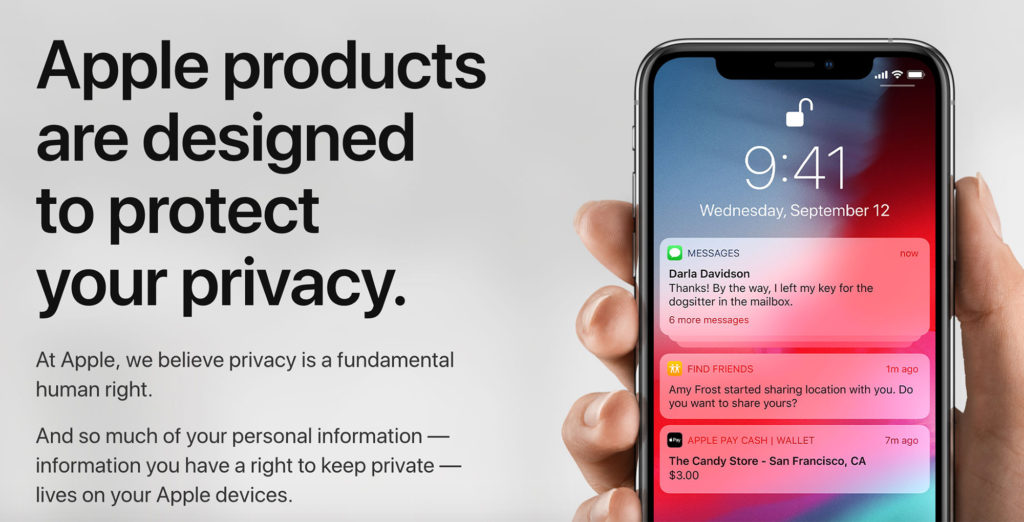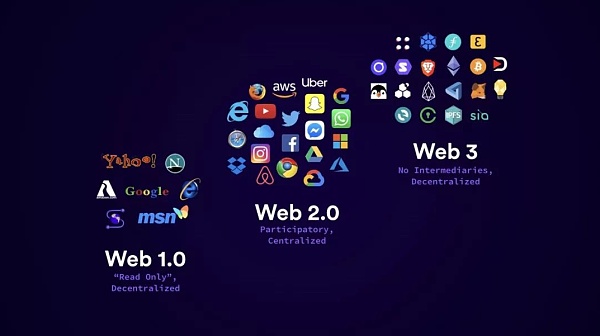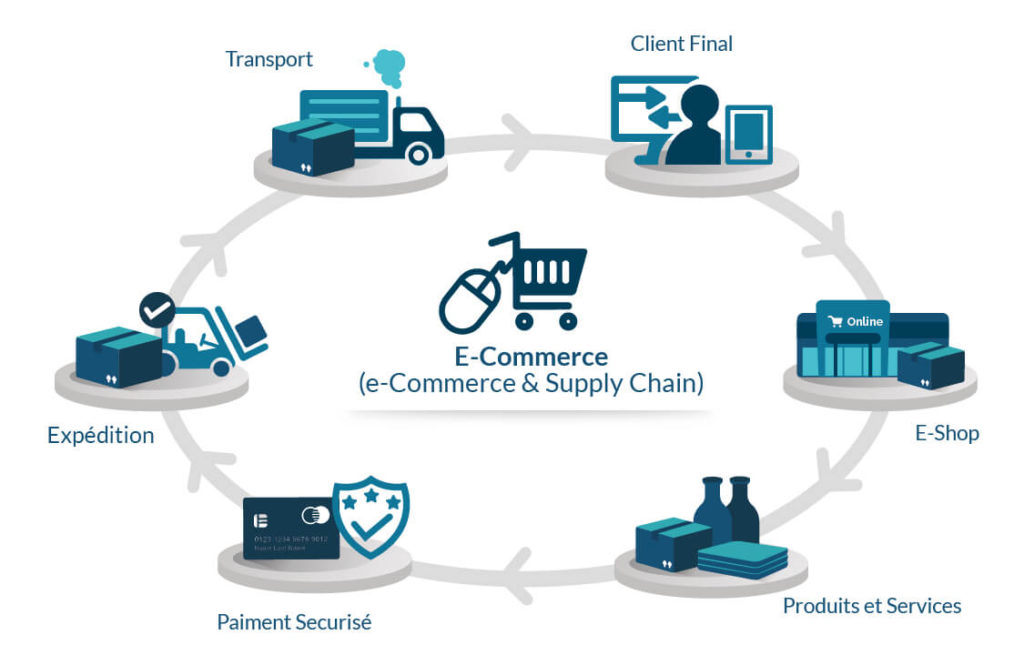If 2020 was the year of the e-commerce boom, 2021 was the year the industry hit major challenges: Data privacy changes deeply impacted merchants’ social media ads, and supply chain issues forced merchants to get creative with their inventory.
As we approach our third roller coaster year defined by the pandemic, what will happen to global commerce? What new trends will define e-commerce? And most importantly, how can entrepreneurs and merchants prepare for — and take advantage of — rapidly evolving e-commerce trends in 2022?
Here are a few educated guesses on what will be critical to e-commerce in 2022, along with some advice on how to prepare your brand or company.
1. Personalization and zero-party data become critical
One of the two key trends that defined e-commerce in 2021 was the dramatic change to data privacy initiated by Apple and how it tanked a key source of customers for e-commerce brands. When Apple allowed users to opt out of data tracking on iOS 14.5, Facebook lost access to valuable user behavior data, which is the backbone of Facebook’s ad targeting.

The result was that many commerce brands saw a big decrease in the effectiveness of their ads. Brands heavily reliant on Facebook ads saw a dip in revenue and greater costs.
This year will be when brands rapidly adapt to this change and future-proof themselves from an even bigger change, the eventual end of third-party cookie support in Google Chrome. The only way brands can adapt to these changes — specifically the loss of third-party data from Facebook and Apple — is to collect data directly from their customers (zero-party data) and leverage it for personalized marketing.
Thanks to a combination of faster internet, the boom in live video and the rise of influencers, live shopping is becoming a major (if not a primary) channel for avid shoppers.
Doing this not only increases revenue dramatically, it also future-proofs your business from further data privacy changes.
2. E-commerce embraces web3 and NFTs, but what will that look like?
2021 was the year of web3. Whether you think web3 is the future or a clever rebranding of crypto, there is no doubt that web3 and NFTs aren’t going anywhere.

Yet while web3 has received all the hype, only a tiny, tiny fraction of the internet is currently web3. This is true in everything from finance and media to e-commerce. Very few Shopify stores sell NFTs, and only a few major brands have experimented with NFTs (or, in Nike’s case, acquired a web3 company).
That will likely change a lot next year. No, I am not saying that every Shopify merchant will sell NFTs, but I do believe that you will see more e-commerce brands, big and small, embrace some aspect of web3. We’ve seen brands like Shoes 53045 experiment with items for the metaverse, and Shopify even launched a beta program to help larger Shopify Plus brands sell NFTs.

So, should your commerce brand start selling NFTs? Not necessarily. Unless you’re deep in web3-land or have a large enough budget for brand experimentation, you should probably wait until the technology becomes more mature or only dip your toe in the water to start. A great NFT launch requires a lot more work than making a JPEG and putting it on the blockchain. It requires community-building, a unique value prop (especially in the NFT post-purchase experience) and some technical know-how to succeed.
That said, if you are eager to dip your toe in, I suggest consider CodLUCK’s blockchain solutions that help integrate NFTs into e-commerce platforms like Shopify. I’m also eager to see brands utilize tokens for loyalty and rewards, a topic I’ve heard people discuss but not yet embrace.
3. Live shopping goes mainstream
Growing up, my mom, like many moms, watched QVC, the home shopping network. Millions of people would buy items that appeared on screen in minutes, thanks to the power of live television. It was, in many ways, the originator of the “drop,” where a small amount of an item is only available for a limited time, usually measured in minutes.
But while QVC is no longer the cultural powerhouse it once was, live shopping has suddenly become an enormous force in e-commerce and will only become more popular in 2022. For those of you who aren’t participating in the live shopping craze, let’s get you up to speed.

Thanks to a combination of faster internet, the boom in live video and the rise of influencers, live shopping is becoming a major (if not a primary) channel for avid shoppers. Consumers are tuning into Instagram and Facebook livestreams to get new goods from their favorite influencers and celebrities. And increasingly, new companies such as Talkshoplive, Whatnot and Popshop Live are all raising big rounds as they carve out unique niches in the space.
Should your brand be experimenting with live shopping if you haven’t already? My answer is a resounding yes! It’s not for all brands — you have to have products that benefit from the live experience, such as apparel — but for most brands, it’s worth tapping into these shoppers.
Some quick tips for getting started:
- Watch other live shopping streams from brands in your category. You have to see what works before you try something yourself.
- Decide where to livestream. If you have built up an audience on Instagram or Facebook, I’d be leveraging those audiences. If you haven’t, I would explore apps like Popshop, which have their own audiences built in.
- Partner with a creator/influencer. Live shopping works best when you have an audience, and there are no shortage of creators with audiences that may fit your brand. If you’re still building up your brand’s following, partnering with a creator may be the best path to getting started.

4. Slow but gradual improvement to the supply chain
Earlier, I said there were two key trends that defined e-commerce in 2021. The first was data privacy changes. The second is the disruption that rocked the global supply chain.
It’s easy to think of commerce as retail stores and e-commerce websites — this is how you shop, after all. The backbone of commerce, however, really is the supply chain. Billions of products are manufactured, shipped all across the world, assembled and reassembled, and shipped again to their final destinations. But thanks to a combination of COVID-19, unpredictable spikes in demand, clogged ports and critical missing components like semiconductors, many brands are delayed by weeks or months on their shipments and increasing their prices as a result.

The supply chain will continue to be a major focus for 2022. This is a complex global problem that can’t be fixed in a few months or even in a year. But there is progress being made, albeit slow. Some products are already shipping normally, while others (especially those reliant on semiconductors) may take until early 2023 to meet demand.
So what can you do as a commerce brand or startup? There’s actually a lot you can do to improve the efficiency of your supply chain. This includes improving your inventory management, finding new supplies, implementing warehouse automation and working with partners that have larger scale.
While this list of predictions is nowhere near comprehensive, I hope it helps you with your brand’s 2022 planning. There are many exciting new developments and opportunities that are sweeping commerce — the sooner you can take advantage of them, the better.
Source: TechCrunch



